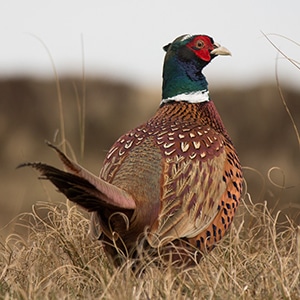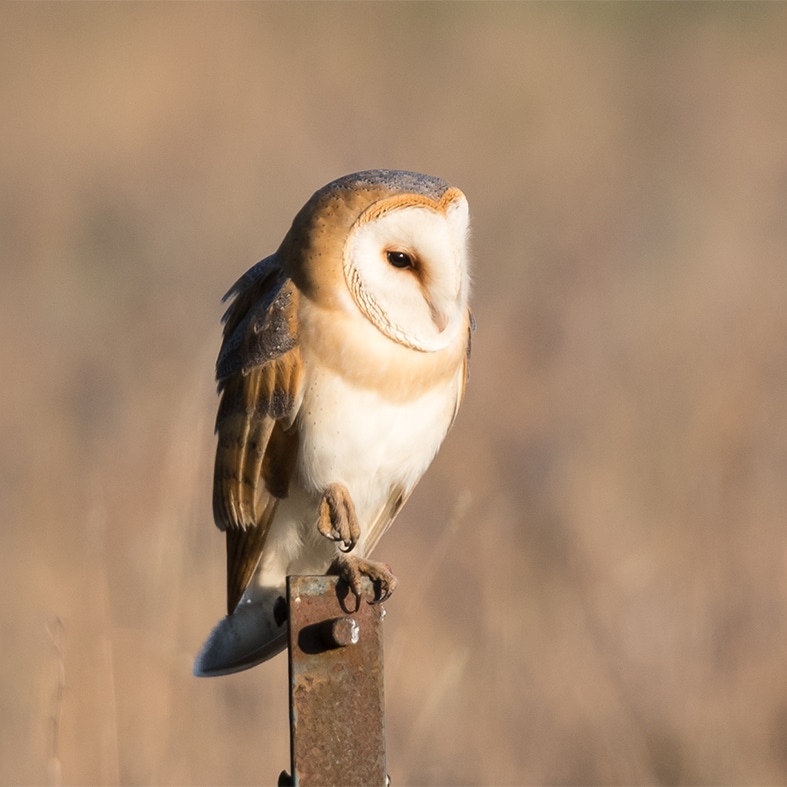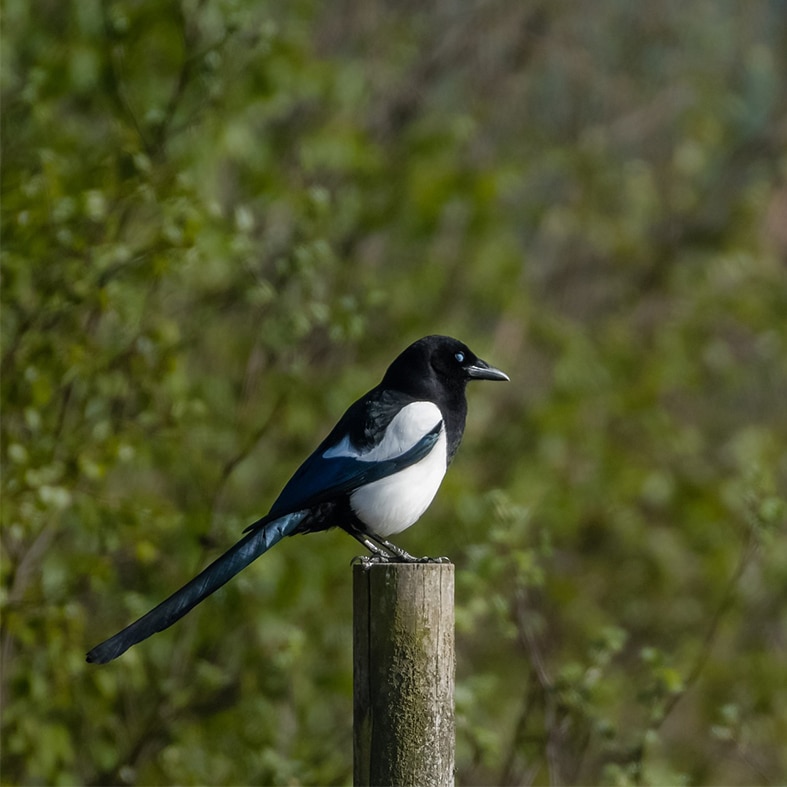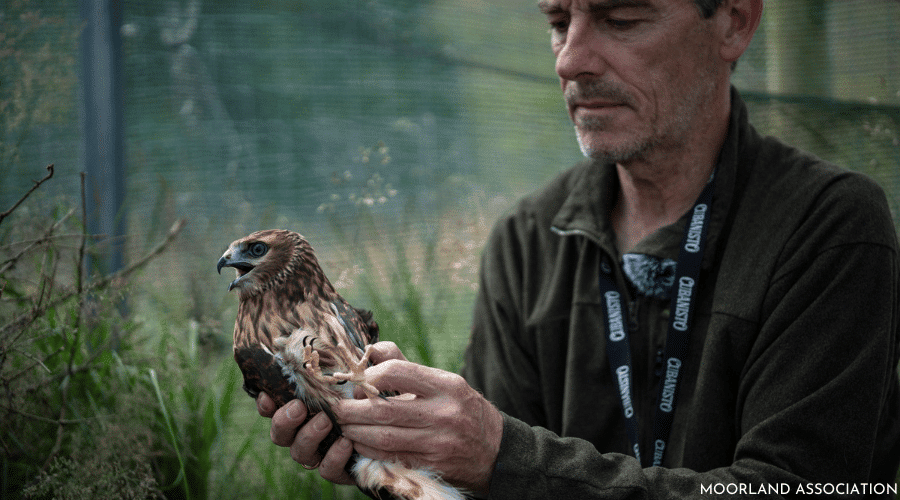What is the brood management trial?
The brood management trial aims to understand if it is possible to rear hen harriers in captivity and then release them to become successful breeding adults in the English uplands. It also investigates the effects of this technique on the perceptions and behaviour of the moorland community.
The trial involves eggs and chicks from wild nests being reared for a few weeks at a specialist bird of prey centre. They are then transported to pens on grouse moors where they are tagged and monitored before being released into the wild, back into the same general areas that they came from.
The trial is conducted under strict licence conditions overseen by Natural England, a project board and Scientific Advisory Group. It is one of a suite of actions set out in the Hen Harrier Joint Action Plan, which also includes direct work to tackle persecution.
Jemima Parry-Jones, chief executive of the International Bird of Prey Centre, Gloucester, said: “When I first heard of the brood management scheme, I was sceptical about if and how it would work but I am so happy to see that, year after year, it has delivered, taught us a great deal and given hen harrier chicks the best possible start to their lives.”
Amanda Anderson, director of the Moorland Association, said: “Everyone involved in the trial has worked hard over the last five years. We have seen some incredibly encouraging results and this will give scientists plenty of evidence as they consider what next steps should be taken. All credit to estates and gamekeepers for stepping up and participating in the trial as part of their commitment to help rebuilding the harrier population.”
History of the brood management trial
Natural England first granted a licence for the trial in 2018 and this was renewed in 2020 for a two-year period and a licence for a fifth year was granted in 2022.
Last year trial interventions were approved at two nests: one in North Yorkshire and one in Lancashire. All eight chicks from these nests were successfully reared to become healthy fledglings and released.
Monitoring of the fortunes of the 2020 cohort of brood-managed birds showed six of the eight fledged survived their first winter, and five attempted to breed last year, of which four were successful. One chick died before fledging due to terrible weather conditions.
None of the five chicks in the first year were thought to have survived their first winter in the wild but that may also be partly due to suboptimal tags.
The survival rate for the rest of the years – different tags were used, and all are still functioning – has been exceptional at 75% or more. Young hen harriers are vulnerable to other predators, disease, starvation and extreme weather and often suffer a high mortality rate.
John Holmes, Strategy Director, Natural England said: “We are pleased to support the successful rearing and release of 13 hen harriers in 2022 and look forward to following their fortunes through state-of-the-art satellite tracking technology. Thanks to these trackers, we know that birds reared in previous years have survived and successfully reared young themselves, contributing to the welcome increase in hen harrier nesting attempts that we are starting to see.”
“We will be even more confident of a sustained recovery when the hen harrier population is not limited by illegal persecution and this trial is gathering valuable insights into survival rates and causes of any deaths.”
Read more about the hen harrier recovery plan here.








